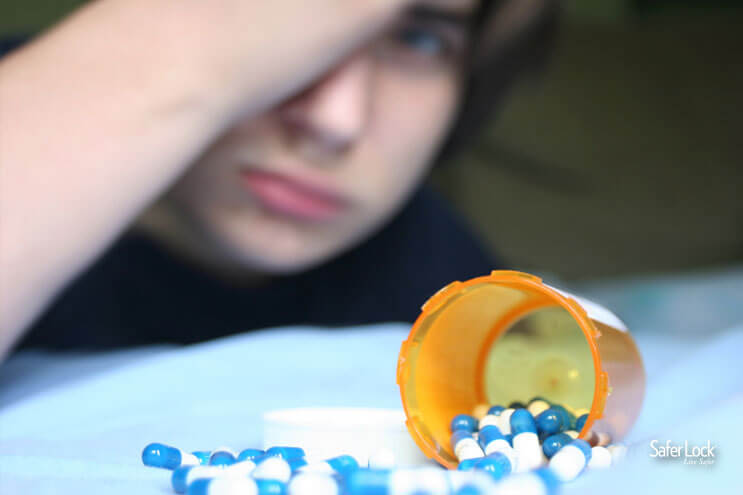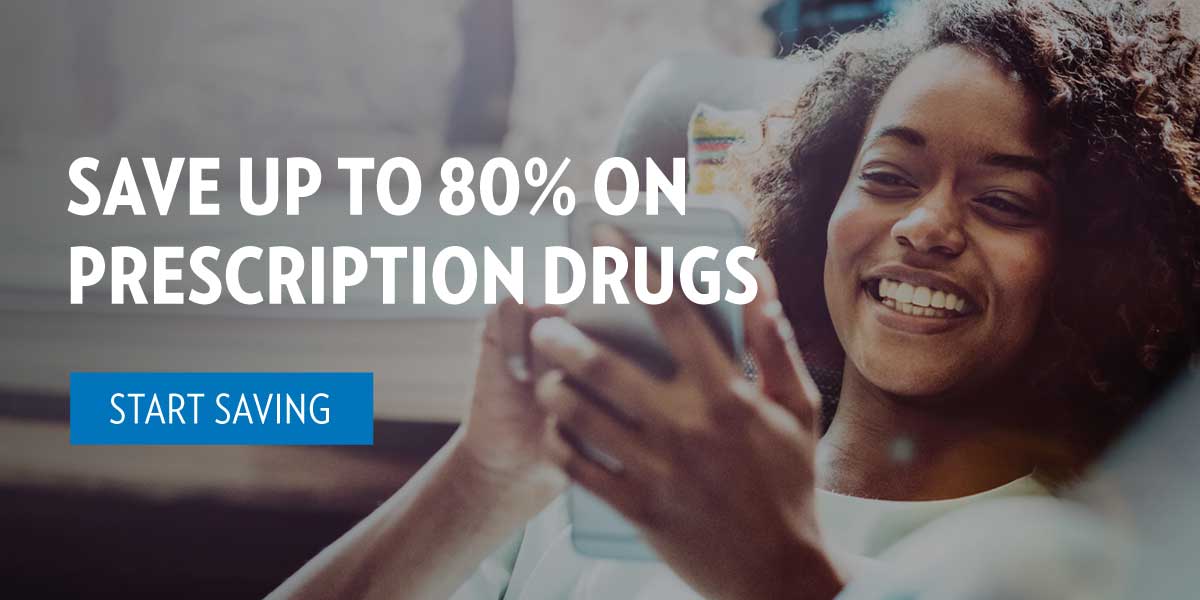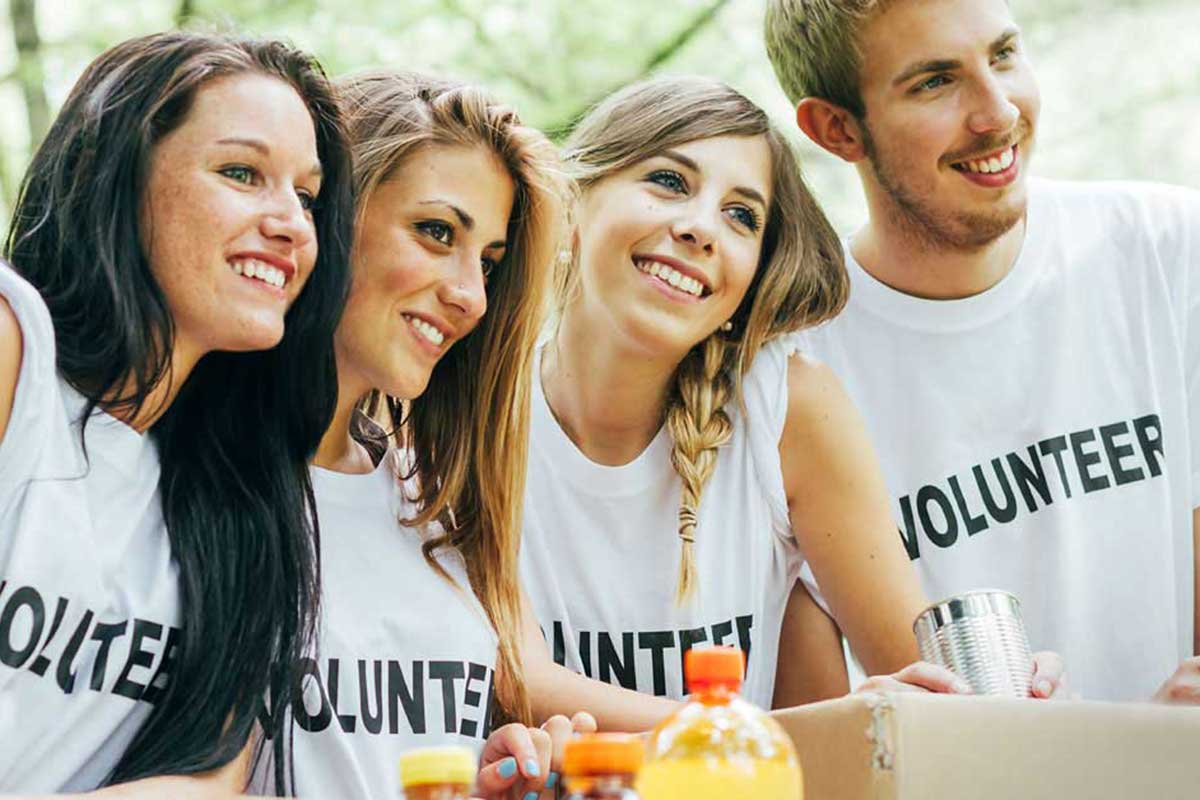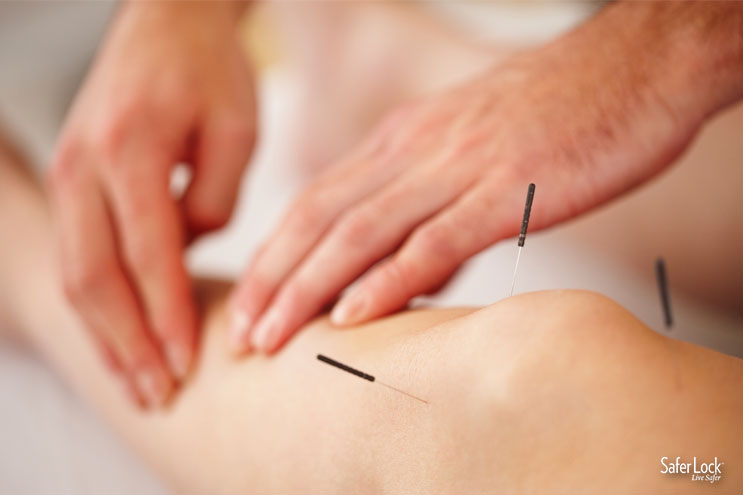Has someone been “shopping” in your medicine cabinet?
The prescription medications you keep in your home can be highly appealing. Prescription drug misuse is a significant problem in the U.S., where 14.3 million people admittedly misused a prescription drug in the last year.
For some, prescription misuse means taking a prescribed medication in a manner other than recommended: it’s doubling up on pills or failing to wait the recommended time before taking another.
For others, prescription misuse means pilfering pills: taking medications from the medicine cabinets, purses, or bedside tables of family members, friends, or neighbors. Even real estate open house visits have become a source of prescription medications for unknowning homeowners who don’t remove their medications from drawers and cabinets.
All too often, the people pilfering powerful medications live just down the hall. Half of high school seniors felt that it would be fairly easy or very easy to acquire prescription painkillers to abuse if they wanted to, and 5% of 12 graders admitted to misusing prescription drugs.
Attitudes Towards Prescription Medications
Teens and their parents tend to dismiss the real risks of pilfering powerful prescription medications. Here’s why:
- Attitudinal studies show that parents and teens alike believe powerful medications are safe because “they were prescribed by a doctor.”
- Denial plays a role. Many parents cannot or will not imagine that their teen could meddle with medications. Attitudes such as, “My kid is too smart to do something stupid like that,” or “She’s not that kind of kid” can create blind spots for parents.
- Teens often think that they are bulletproof from harm. Their brains are developmentally primed to seek thrills and risk, seek belonging from peers, and to through caution to the wind.
- Many parents don’t even realize their pills are missing, especially if a prescription is no longer needed.
A Single Pill Can Kill or Set the Stage for Substance Abuse
A mistaken belief that prescription pills are safe, or at least safer than illicit drugs, can be deadly.
The leading cause of overdose deaths in the United States comes from synthetic opioids, such as fentanyl.
Fentanyl can be 50-100x more potent than heroin and morphine. Fentanyl has flooded the illegal drug market and is often used in making counterfeit pills such as painkillers. What looks like a prescription pill could contain a lethal dose of fentanyl.
Many families have faced the devastating reality that a single pill can kill.
“She thought she was taking a prescribed pill, but in reality, it was a fake pill laced with fentanyl,” warns Veronica Kaprosky, who learned that one pill can kill when she lost her teen daughter to fentanyl.
“My life has been devastated by the loss of my daughter.”
Even legitimate prescription medications, untainted by fentanyl, can be deadly. Teens often mix opioids with other drugs or alcohol, which can create a deadly cocktail that slows down reaction time or impairs breathing, leading to fatal accidents or accidental overdose.
Prescription medication abuse can set the stage for substance abuse. Nearly 90% of people who inject heroin started by abusing prescription drugs, obtaining pills from friends, family members, and personal prescriptions, reports the National Institute on Drug Abuses.
Family members are often unwitting suppliers, not knowing that their prescription pills are being taken from medicine cabinets without permission.
Those first pilfered pills can lay the neurological foundation for a lifetime of struggle with addiction to drugs or alcohol (known as substance use disorder or SUD.) Early exposure to alcohol or other drugs can change the way the teen brain develops, making it more vulnerable to the development of SUD.
Is Someone Stealing Your Prescription Meds?
If you suspect that your prescription painkillers or other medications are going missing, there may be signs.
- Your medication bottle is not in the same place you left it.
- The cap isn’t on securely or isn’t even on at all.
- Your medication bottle doesn’t open as smoothly as before, or the top may be difficult to remove.
- Your medication bottle shows physical signs of attempted entry, such as dents or cracks.
- Your medication bottle is wet on the outside or inside, or the contents are wet.
- The contents – capsules or pills – look different than they usually do, which may indicate that some or all have been removed and replaced with another look-alike pill (which can be dangerous to both patient and pilferer). The capsules or pills may not be the same size, thickness, length, or color. Some of the pills may be broken. The capsules or pills may have a strange or different odor or taste.
- It appears as if you have fewer pills than you usually have in your medication bottle.
- You find yourself refilling your prescription more often than before. You might even think that your pharmacist mistakenly “shorted” your prescription.
- And, of course, if your medication bottle is missing entirely or has been broken open, you’ve got an undeniable problem on your hands.
Lock Your Meds, Protect Your Family and Rx
Missing pills can be a problem for you and your family. If your medication starts to go missing, it may be difficult to get a refill. Securing your medications in a medication lock box or other locking pill system can help ensure your teens and children are safe from misguided attempts to experiment with powerful prescriptions and that you always have your medicines on hand when you need them. Explore our collection of abuse-deterrent, tamper-evident medication storage solutions.




